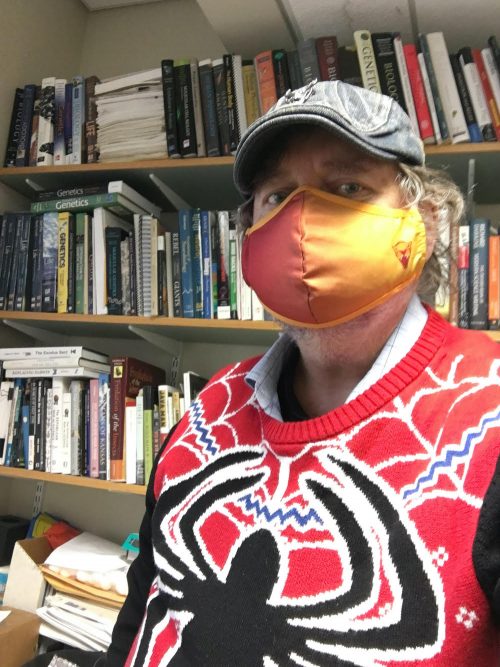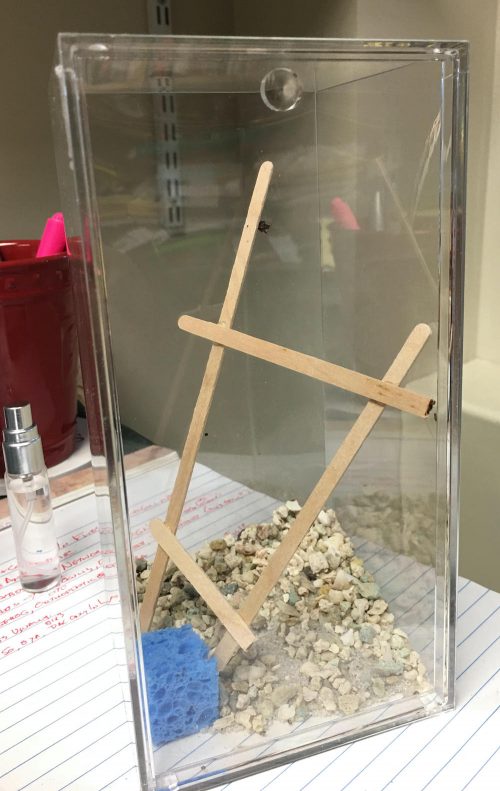To add to the list of 2020’s casualties, the radio telescope at Arecibo has been severely damaged — a cable snapped and ripped a 100-foot hole in it.
Let’s hope our government sends some money to Puerto Rico for both the hurricane damage to the island, and to repair this instrument. Given our history, it’s more likely that Trump will suggest we cover the hole with paper towels.









